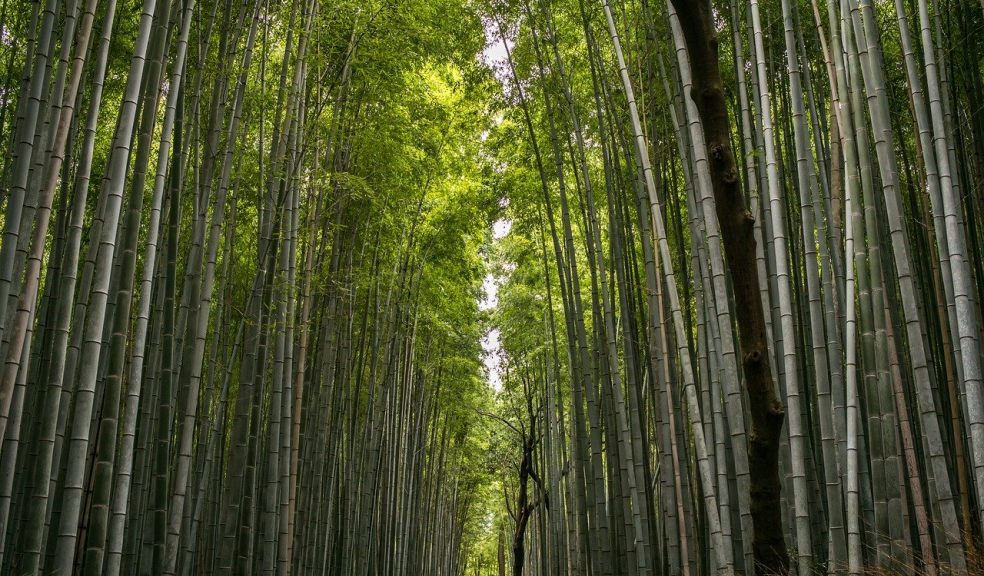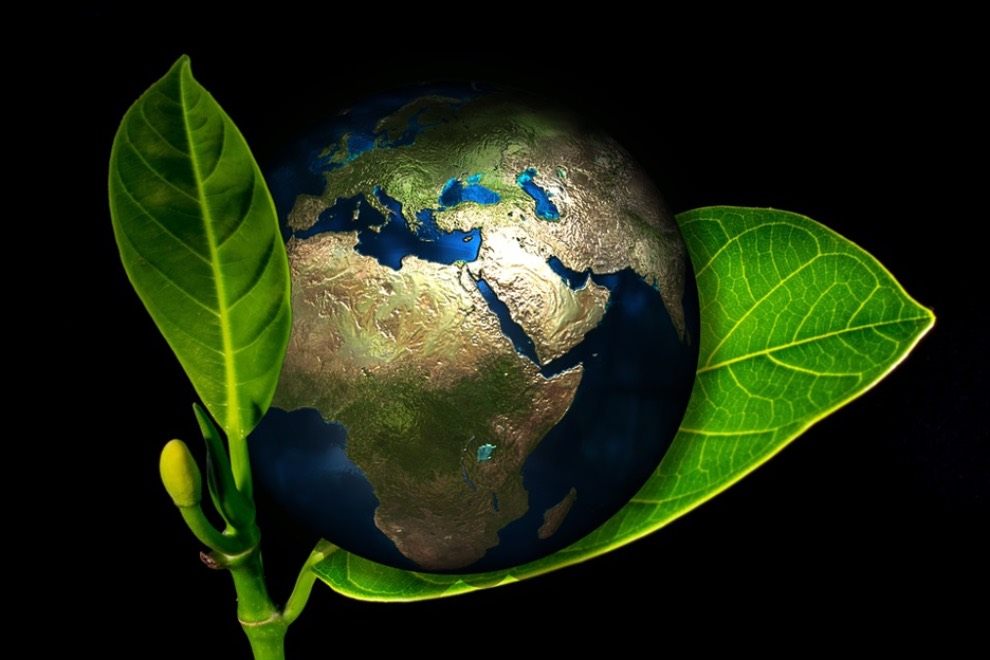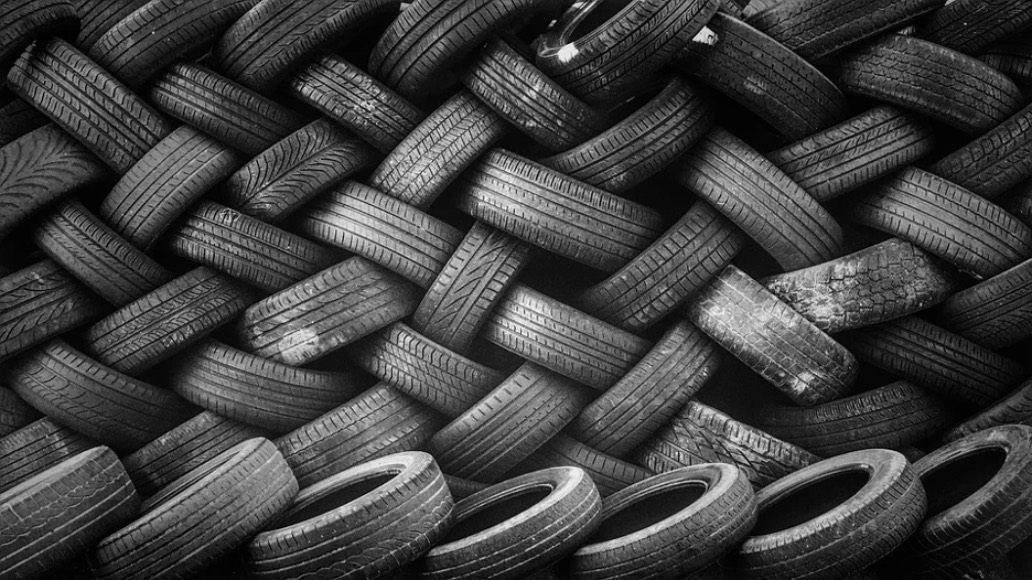
15 Eco-Friendly Materials To Use
For anyone looking to buy eco-friendly items and materials, you have come to the right place. As the name suggests, eco-friendly products are designed to cause the least harm and damage to the environment. It can be hard choosing the right eco-friendly items with a generous amount of options we see everywhere today. Before purchasing eco-friendly items from brands, it is important to do your own research on the types of materials used to help you decipher whether they are in fact, eco-friendly. Read on to learn more about 15 eco-friendly materials to use.
1. Bamboo Fiber
First on the list is bamboo, known to be one of the most renewable resources in the world due to its ability to grow well in different climates. Bamboo contains natural antibacterial qualities, which make it pesticide-free and safe for the environment. When used as a textile or fabric, bamboo is made from the pump of bamboo grass, which is spun into yarn. This material is as soft as linen. Bamboo can even be made into bamboo sunglasses, so you can look fashionable and be environmentally friendly at the same time!
2. Cork
When retrieving cork, only the bark of the cork tree is used and this ensures that the tree remains healthy and continues to provide oxygen to the environment. The amazing thing about cork is that a single cork tree can grow for 300 years and it is waterproof, biodegradable, and recyclable.
3. Bamboo Hardwood
As mentioned earlier in this article, bamboo is sustainable and fast-growing.
This material is more commonly manufactured in China before being shipped to other parts of the world. One key tip when buying bamboo hardwood is to keep an eye out for the Forest Stewardship Council (FSC), which indicates that the harvest of bamboo preserves the natural ecology.
4. Teak
You might have heard this name in reference to household furniture. Teak is a hardwood originating from Southeast Asia and is known to be a prized material due to its natural oils. These oils provide resistance against weather conditions and any harmful parasites. The one drawback to this material is the steep price point due to its durability, making it definitely an eco-friendly material to consider.
5. Bio-plastic compostable waste
Bio-plastic materials are made from sugar cane fibers, corn, and potato starch, making them an eco-friendly option instead of regular plastics that contain petroleum. Bio-plastic products ultimately look and feel alike to regular plastic, so make sure to double-check that you are buying an eco-friendly material. Bio-plastic is most commonly used for household items such as cutlery, cups, plastic bags, tableware, and more.
6. Hemp
Hemp is becoming a more popular eco-friendly material replacing plastics for both household items as well as clothing. Hemp is often overlooked because of the stigma that comes along with it and its origins from a particular “green plant”. As a fabric, hemp uses less water making it more sustainable and it is breathable on the skin!
7. Organic Cotton
It is almost impossible to find someone who has no knowledge of cotton or has not used cotton materials products before. Seen most commonly on clothing and bedsheets, cotton has its fair share in damaging the environment due to the use of pesticides. Organic cotton, however, is grown without chemicals and requires significantly less water, making it more eco-friendly overall.

8. Soybean Fabric
Soybean fabric is considered to be a renewable resource, made from a by-product of soy food. It is commonly used as an alternative to silk or cashmere, as soy does not involve animal products in the manufacturing process. For soy products, it is important to consider if the technology was used to genetically modify (GMO) the produce. GMO items are considered to be less eco-friendly as they involve toxic chemicals.
9. Recycled Glass
Anything that can be recycled is likely to be eco-friendly. This is the case for recycled glass that is melted down to form different shapes and products. When disposing of glass materials, choose the option to recycle them or repurpose them to various household items.
10. Recycled Paper
If you were taught to recycle paper from a very young age, that’s probably because recycling paper is the easiest thing to do for the environment today. Trees are limited in number due to the fact that they take a long time to re-grow. A simple act of recycling reuse paper goes a long way for the environment!
11. Felt
Felt is typically used for arts and crafts projects or as a component to a fabric or clothing. It is known as a low-impact, eco-friendly product that is completely biodegradable. The most common forms of felt are wool felt and synthetic felt, the former used more in beauty or fashion, and the latter used for furniture or wall paneling.
12. Aluminum
Aluminum is one of the most eco-friendly and sustainable metal worldwide. The most common form would be an aluminum can containing a beverage, which comprises 70% recycled metal. Since aluminum is lightweight, it produces fewer carbon emissions, making it a great eco-friendly product.
13. Stainless Steel
Known as a long-lasting and durable material, stainless steel is made up of almost 60% recycled material not causing damage to the environment. Stainless steel is a versatile eco-friendly material and has been seen to replace plastic in household items such as refrigerators and kitchen items.
14. BPA-Free Plastic
Bisphenol A, more commonly known as BPA, is a chemical used to make some types of hard plastics. BPA is not eco-friendly as it is toxic to the environment and has been linked to health concerns among children. So, the next time you are shopping for plastic, only choose BPA-free plastics in particular.
15. Recycled Rubber
The last eco-friendly material on this list is recycled rubber. Recycling rubber ultimately saves energy, reduces greenhouse gas emissions, and produces less carbon footprint. Recycled rubber is useful in multiple ways like building sidewalks and surfacing. If given the choice, do opt for natural rubber rather than synthetic rubber.

That concludes the list of 15 of the best eco-friendly materials to use! It is important to support brands that are proven to be eco-friendly and sustainable. Spread the word for someone you think would like to do their part to save the environment. Which one of these eco-friendly materials caught your eye?

















